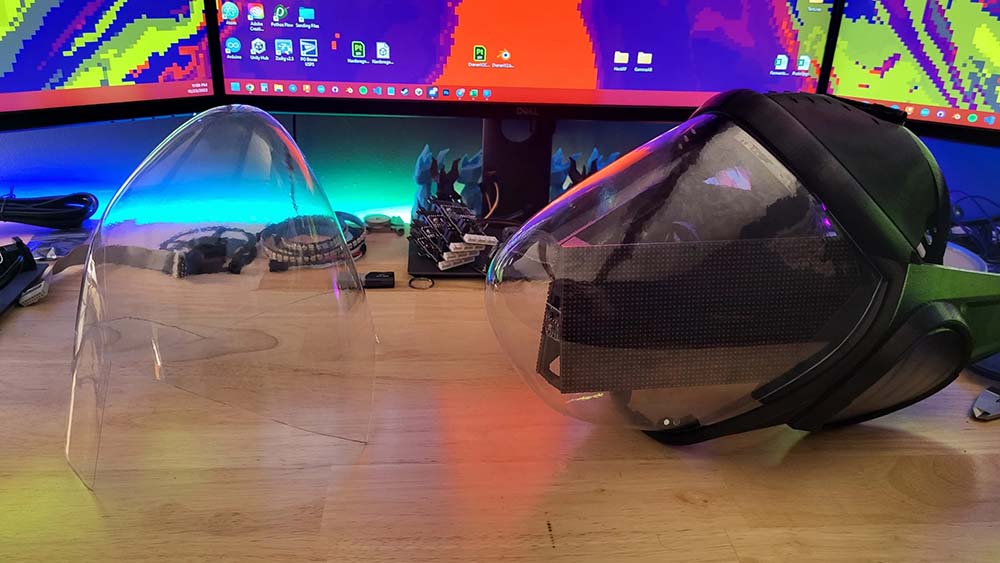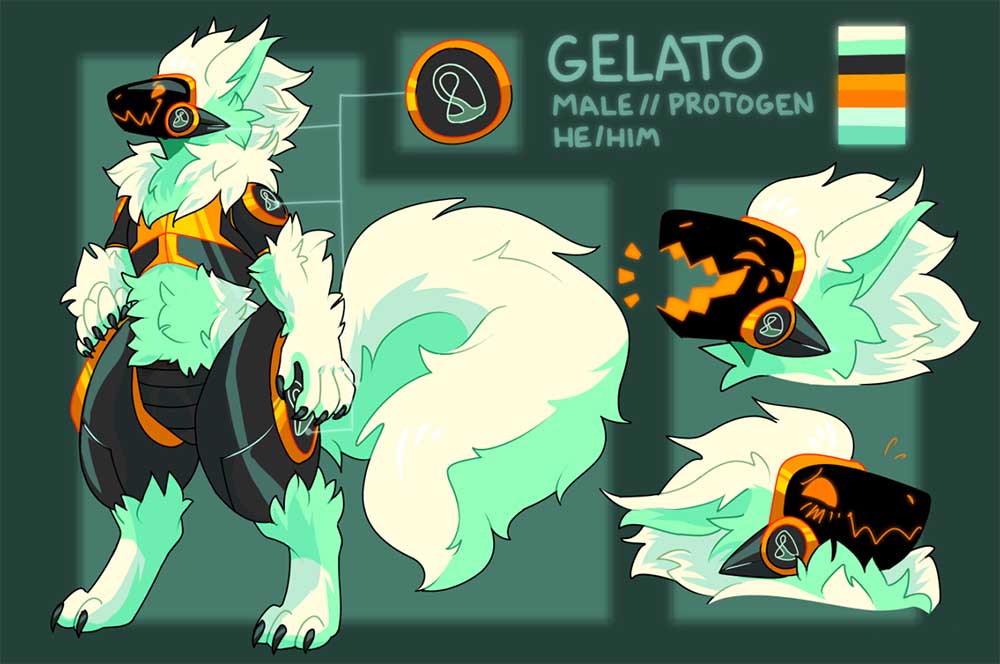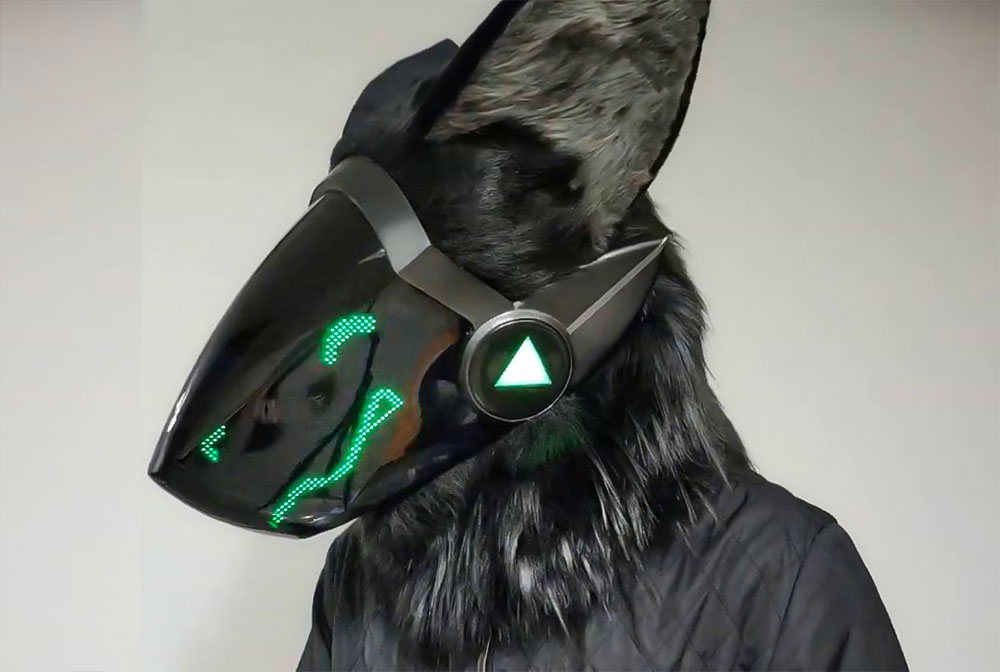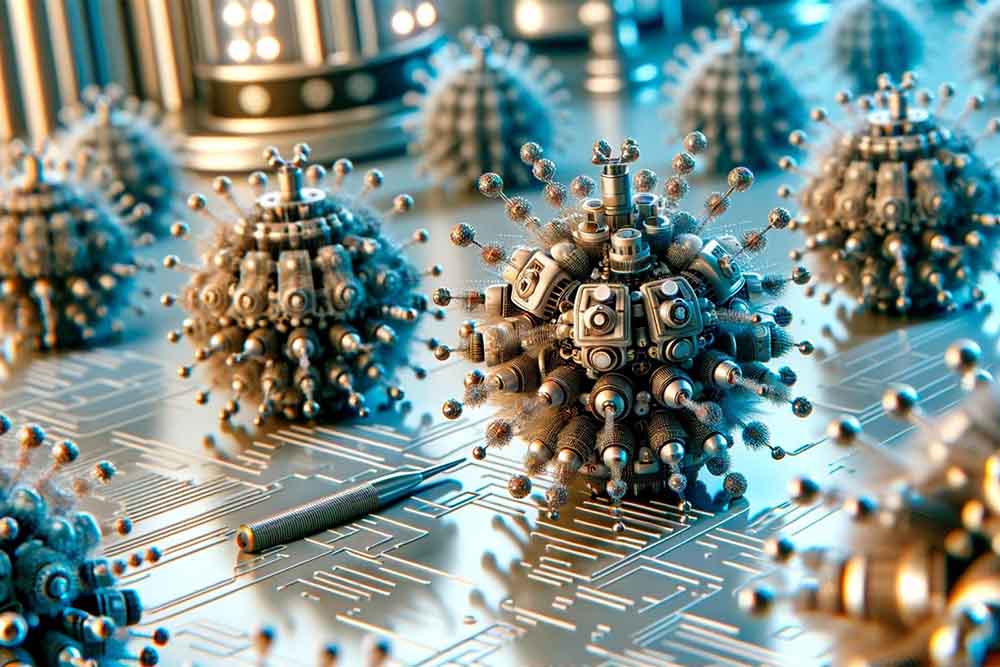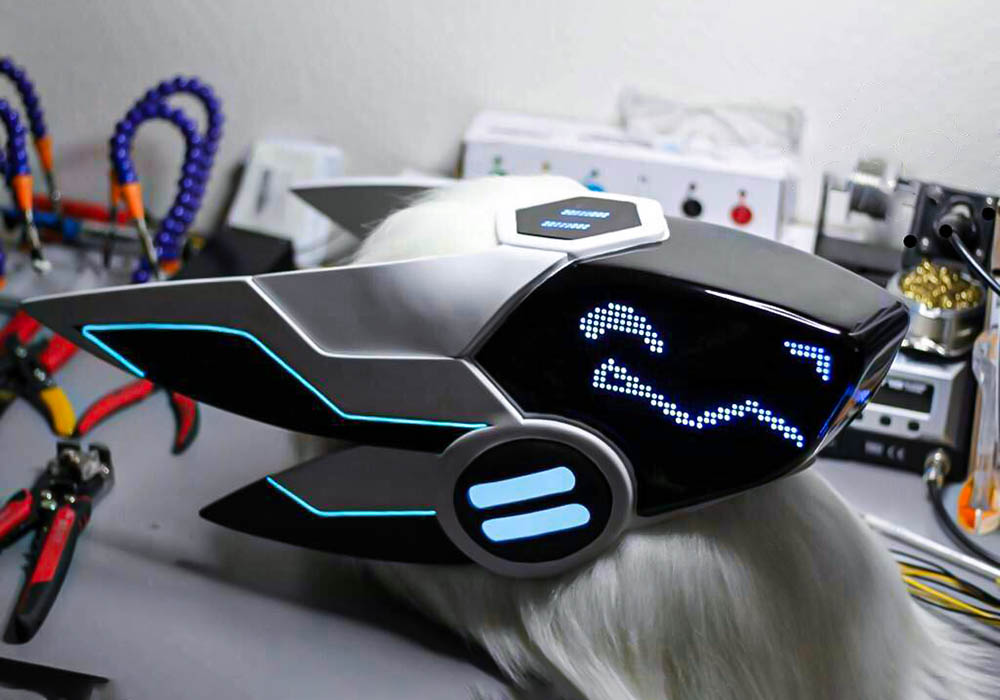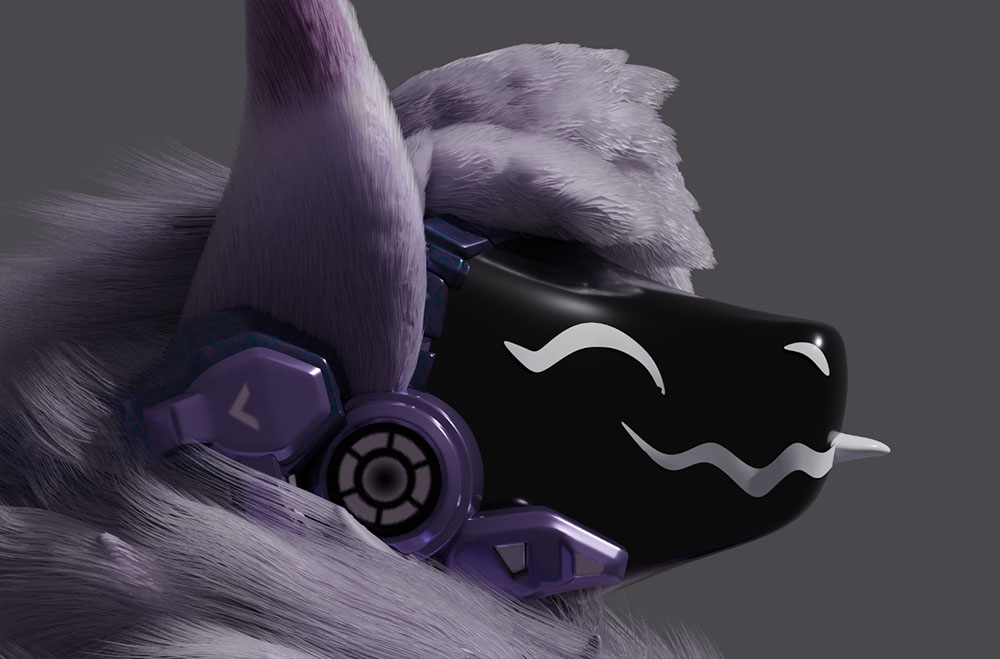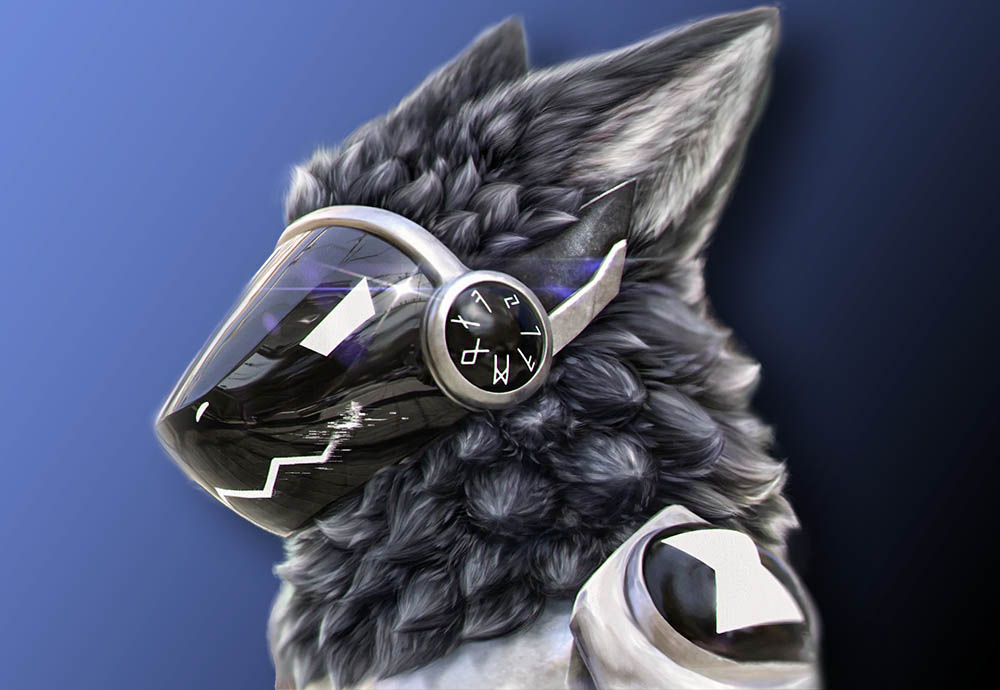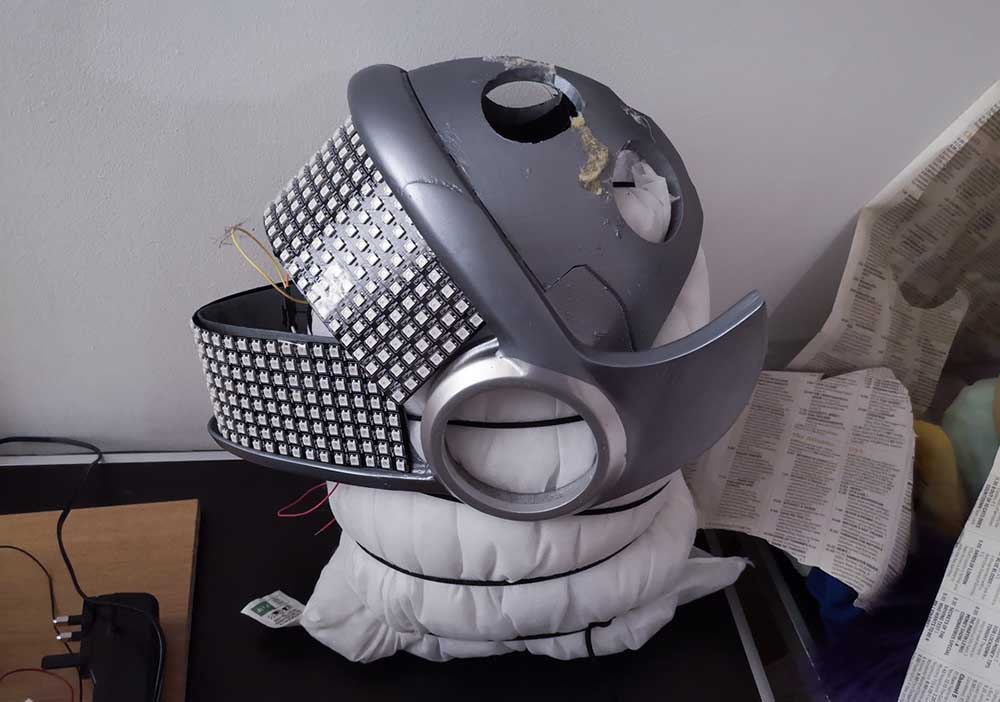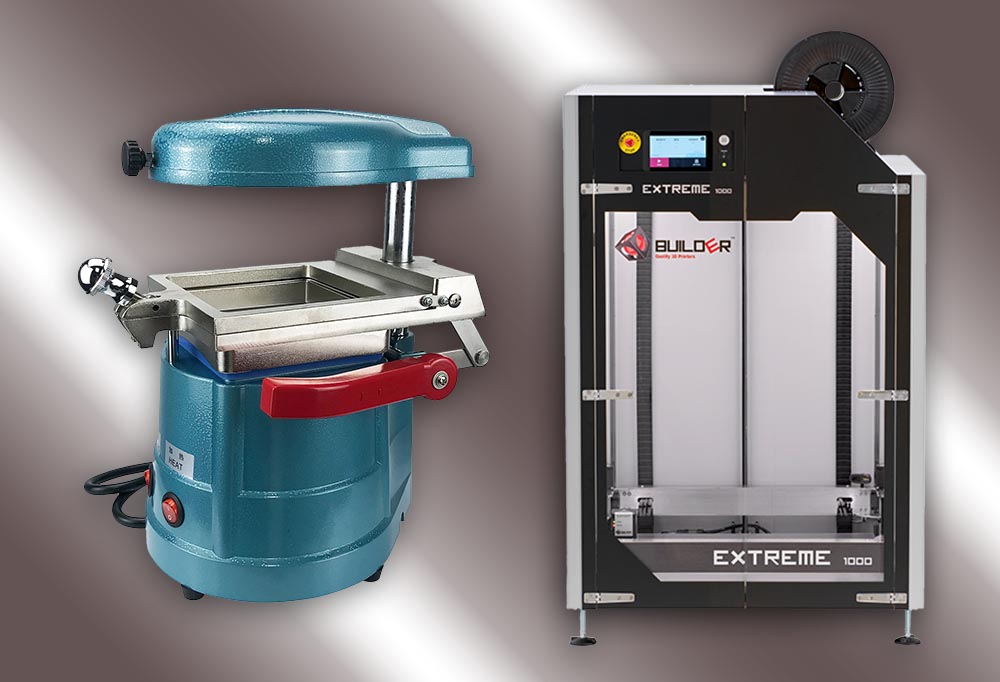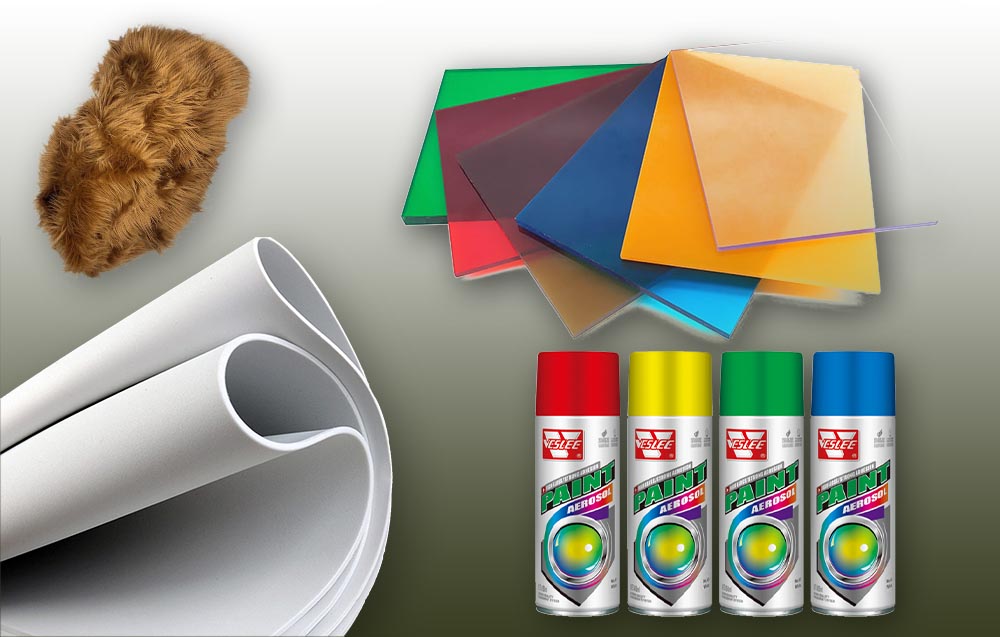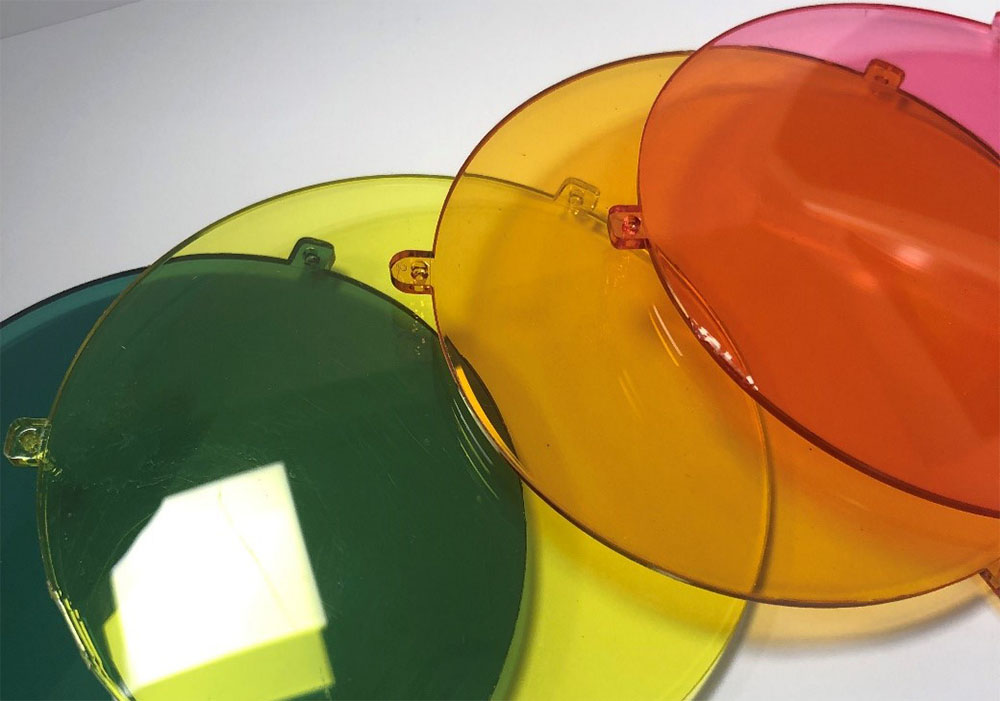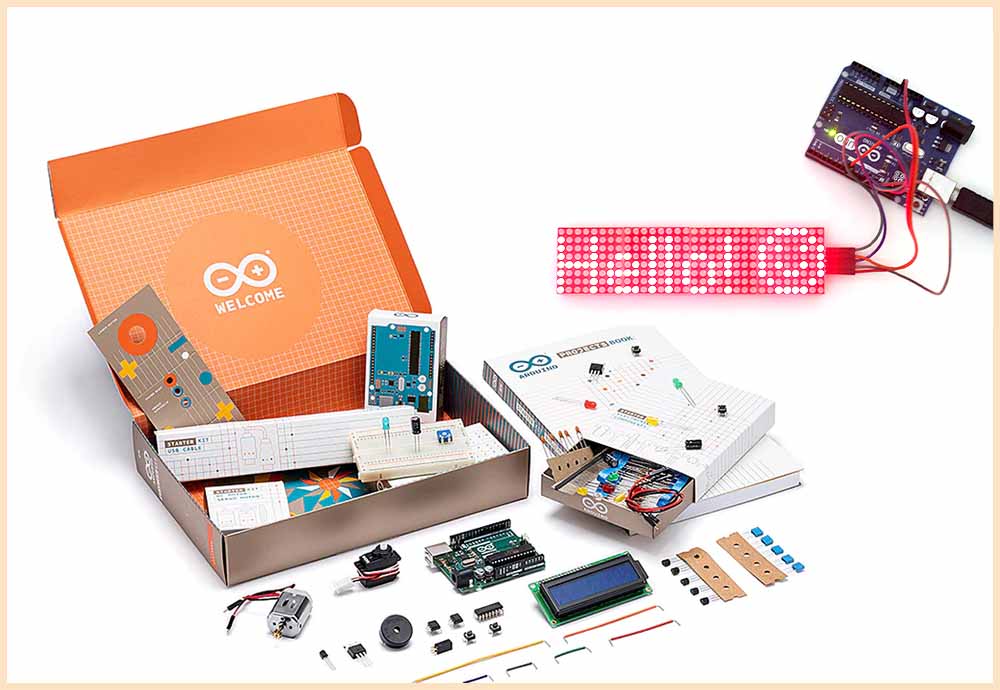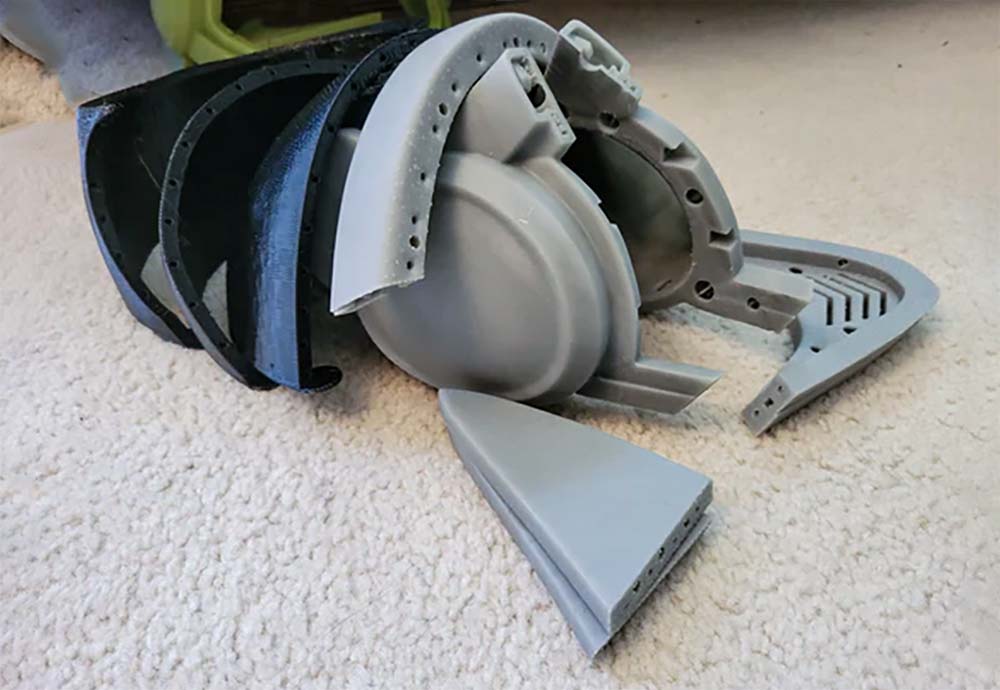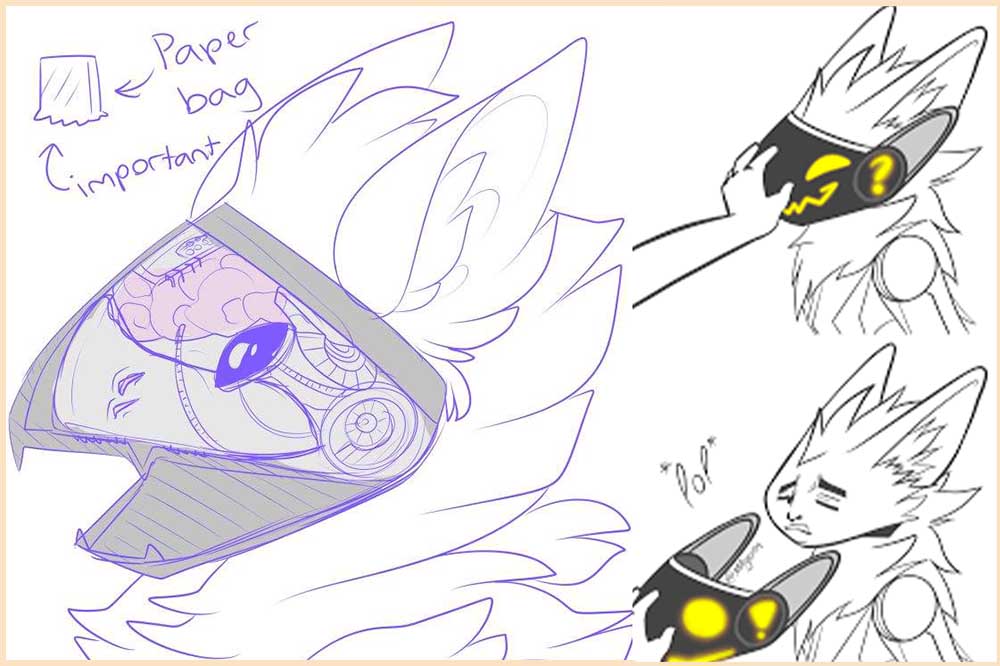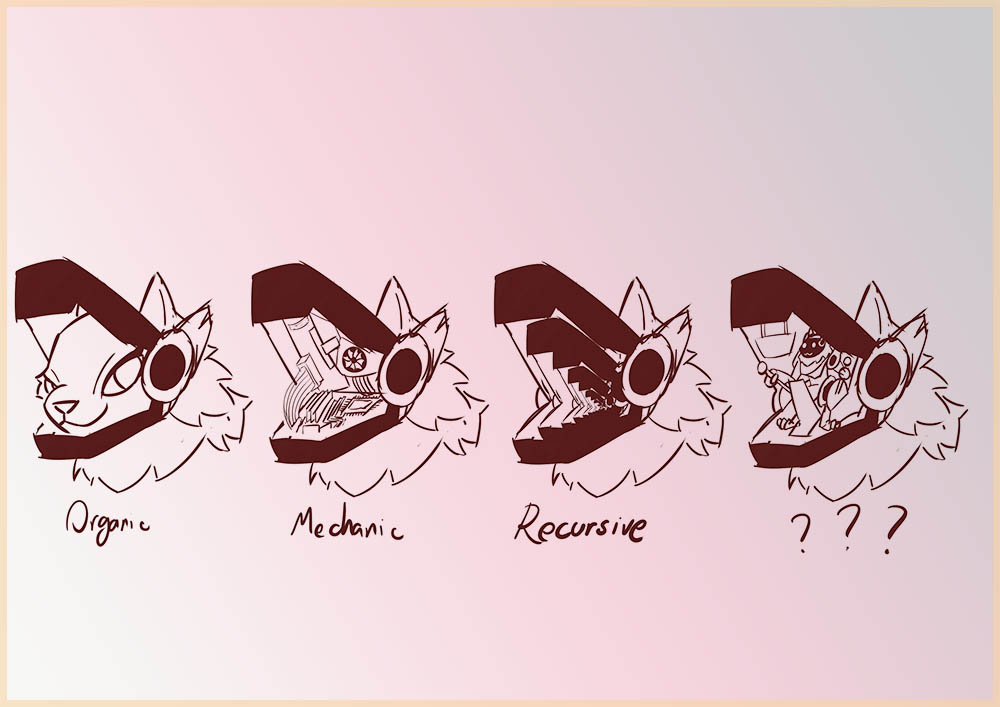Excited to create your Protogen fursuit? Know how to make your own Protogen Visor to match your concept, plus products to complete your costume design!
The Lure of Protogens
Protogens or Robotic Furries have been in existence since 2017. Inevitably, this species found its way to the Furry community and made a unique space for itself. With a rich history and fan lore, it’s unsurprising that many furries want to create their own Protogen characters. Furries are enthusiasts of anthropomorphic characters or animals — real, mythical, or imagined — with human attributes. Protogens are not far from this description, as they are 60% organic.
In creating a Robotic Furry’s suit, one part can’t be skipped over: the Protogen Visor. In this article, I’ll enlighten you on what these visors are for, what they are made of, and how you can customize your Protogen visor to stand out from the rest. Continue reading!
What Is a Protogen Visor?
The visor is the Robotic Furry’s face — it features the Protogen’s eyes, nose, and mouth. Both Primagens (Protogen’s ancestors) and Protogens are best known for their visor technology. However, there are obvious distinctions between the two.
A Protogen visor should be round and short. I said “should” because longer visors are reserved for Primagens.
What Are Protogen Visors Made Of?
In lore, Protogen visors are made of a special nanite (aka nanomachines or nano-computer) matter. The visor acts as the barrier between a Protogen’s internals and the environment the Robotic furry is in. It also enhances Protogens’ vision via visual display overlays such as thermal optics.
Through this technology, the Protogen can form a gap and “open” its mouth to eat food (as Protogens have an organic digestive system still). These nanites can reposition themselves so the Protogen can stick out its tongue and even split its jaw. There are some Protogens with a “hidden mouth” design, located under the visor. In this case, the Robotic Furry can use its mouth with or without the visor. But take note: The visor is fixed — it’s impossible to remove without damaging the Protogen.
Protogen Visor Creation
In Protogen fursuit creation, the digital visors open a realm of endless aesthetic and practical possibilities. There really is no wrong or right when you create your fursuit. For beginners, they can fashion a completely removable visor and remove it to eat food, talk, etc. Others prefer a digital visor that they can manipulate the display of to change the emoticons seen on the visor display. So, you see, it requires a bit of some tech and light knowledge to create your own Protogen visor.
Still, the Furry fandom is known for its creativity, so let’s talk about making your own Protogen visor next.
How To Make a Protogen Visor?
In this section, I will break down the steps you can follow to build your own Protogen visor.
Step 1: Plan, Plan, Plan
You won’t get anywhere if you skip the first step. In planning, research is critical. Surf the web, post questions in forums, and learn. Here, you will identify the dos and don’ts, and you can customize your materials to fit your budget and the result you want.
Step 2: Design your visor
Usually, creating the visor involves the helmet as well. I recommend designing the whole fursuit head for a cohesive overall look — colors, shape, etc. At this stage, just try to be creative, don’t think of the “realistic” elements first. You can draw your own visor/helmet/head or get inspiration from artists who share their Protogen head designs online.
Generally, a Protogen head has these parts:
- Tinted translucent visor
- Frame
- LED dot matrix panels with controller
- Fur (for ears and neck)
Step 3: Consider the realistic elements
Just as I mentioned in the previous step, let’s not forget that you’re going to use this in the physical world. So, you’ll need to think about its practicality and safety while remaining comfortable while wearing it. Consider its weight, ventilation, complexity (can you manipulate light circuits while attending a con, etc.), and other features that may translate differently when the design is made into reality.
Step 4: Get familiar with the tools and materials
I’ll be honest — you can’t create a high-quality visor with household materials. Robotic furries either use VR headsets or FPV goggles to put inside the visors. These two options, however, are both impractical since they are bulky and heavy. The most common way of wearing a visor is the direct vision one, where the person can directly see outside of the visor, like in a closed motorcycle helmet.
Fair warning: The equipment is expensive, but the materials are cheap.
Here’s a list of the materials:
- Vacuum former (300x300x300 or More)
- Large 3D printer (300x400x300 or More)
- Giant pot (300mmx300mm Tall or More)
- Petg or Polycarbonate Sheets
- IDyepoly
- Pla or Petg
- Spray Paint of Choice
- Auto Primer
- Epoxy Resin (Normal Clear Type)
- Faux Fur
- Eva Foam
- Sewing Supplies
- Hot Glue Gun
- Measuring Tape
- Calipers
- Scale
- Duct Tape
- Masking Tape
- Paper Cups
- Gloves
- Popsicle Sticks
- Sandpaper
Step 5: Create the frame and visor
I’m combining the frame and visor as these two should fit each other perfectly. The frame can be done via 3D printing the parts and gluing them once finished. When ready, you can sand and paint the frame. You can make the base frame first, and then print the other parts of the frame later to make sure it fits the visor.
The visor is more complex, hella complex if I say so myself. But it’s what makes Protogens, well, Protogens, so this part is really crucial. There are many substeps here, but the main ones include using a vacuum former and mold to shape the plastic and dying the shaped plastic so it’s tinted the right color.
Step 6: Light your visor up
LEDs are the go-to for the lights within the visor. The LED dot matrix can be programmed so you can display whatever Protogen face or expression you want.
This step, dare I say, can be more complicated than the last, especially if you don’t have any experience in this department. You can start with just the mouth and eyes, learn simple coding (the Arduino kit is good for ages 11+ ), and install some LED matrixes. You’ll need some portable battery packs too. The electronic parts can also be expensive.
Not comfortable with LED or sensitive to lights? It’s perfectly okay. You can use stickers instead.
Step 7: Add the ears
All Protogens have biological ears, so your head will not be complete without them. This is an easier step compared to the other ones, but you’ll still want to do your best here. Expect some sewing, and of course, fur. I suggest using car sponges or upholstery foam for a relatively sturdy base. They’re also fairly large and can be shaped.
Can a beginner make a Protogen visor?
I don’t want to lie to you, bud. The honest answer is no. Unless you’re a genius who also has some background in engineering and construction. Or maybe if you’re a seasoned cosplayer who makes his own costumes, then maybe you can pull it off.
It’s completely understandable that you may have a hard time creating a Protogen visor. Aside from the tedious steps, you might not be blessed with the time needed to do one. There may also be the issue of space or a sudden FurCon coming up near you. Don’t worry, there are many talented artists in the Furry community who can help you design the whole thing. There are also ready-made online sellers that are willing to accommodate your every request.
Smitizen is a trusted site where you can order your complete fursuit and Protogen visor. It’s coming out with more beautifully manufactured Protogen visor designs soon, so stay tuned!
Protogen Visor FAQs
What is under a Protogens visor?
Their cranial organs — the brain, eyes, all of that. It’s like a human’s skull, it can’t be removed as it holds the necessary blood and other fluids needed for the Protogen to survive. When a Protogen’s visor gets damaged, such as when it’s cracked, either by impact or a failure in the visor system, the nanites cluster around the crack/s and try to repair the damage. Just like what white blood cells do. Note though, that the visor can lose nanites if it gets damaged.
Can Protogens open their mouths?
Yes. The nano-technology in the Protogen’s visor can restructure itself to help the Protogen open or close its mouth. This is a great contrast against their Primagen counterparts who cannot open their mouths or eat and digest food.
How does a Protogen eat with its visor on?
The millions of nanites in a Protogen’s visor can tack together in various ways to create a gap or opening and connect the Robotic Furry’s face to its esophagus. Through this, the Protogen can put food in its mouth, digest it, and get nutrients.

